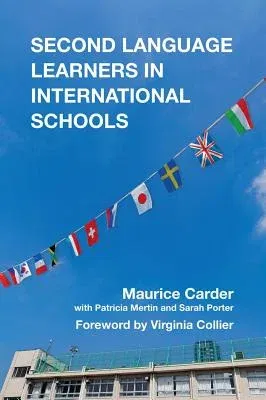Maurice Carder
(Author)Second Language Learners in International SchoolsPaperback, 31 January 2019

Qty
1
Turbo
Ships in 2 - 3 days
In Stock
Free Delivery
Cash on Delivery
15 Days
Free Returns
Secure Checkout

Print Length
290 pages
Language
English
Publisher
Trentham Books
Date Published
31 Jan 2019
ISBN-10
1858568595
ISBN-13
9781858568591
Description
Product Details
Author:
Book Format:
Paperback
Country of Origin:
GB
Date Published:
31 January 2019
Dimensions:
23.11 x
15.49 x
1.78 cm
ISBN-10:
1858568595
ISBN-13:
9781858568591
Language:
English
Pages:
290
Publisher:
Weight:
430.91 gm